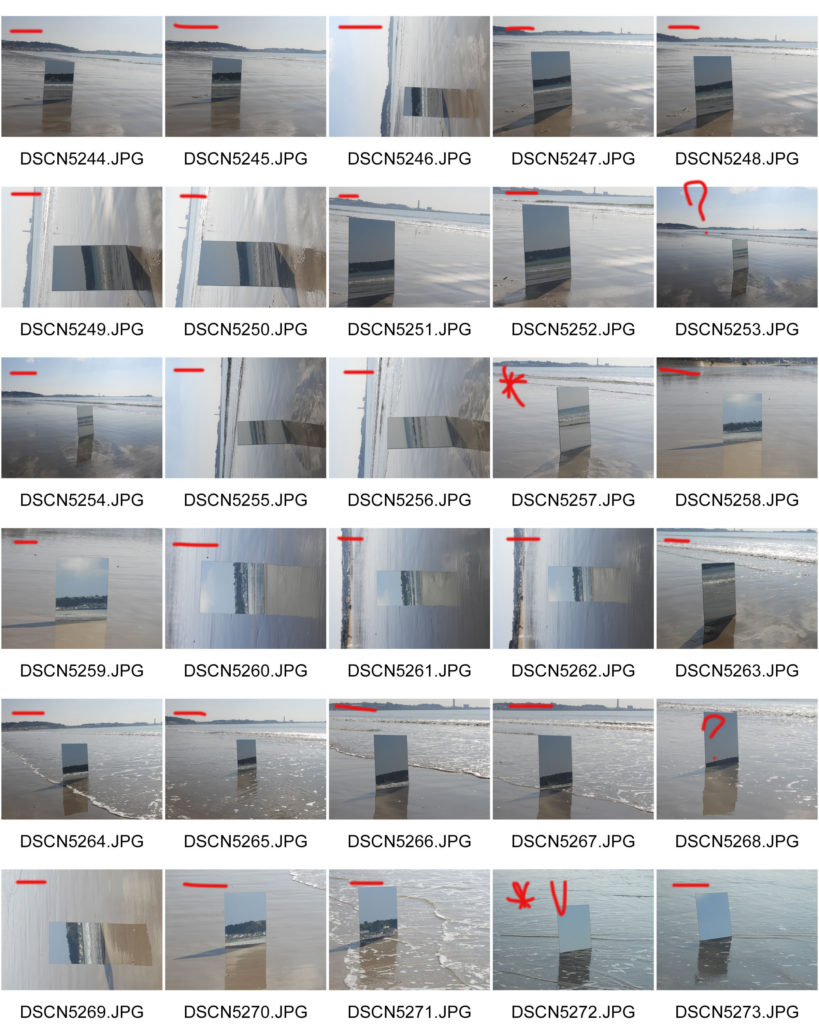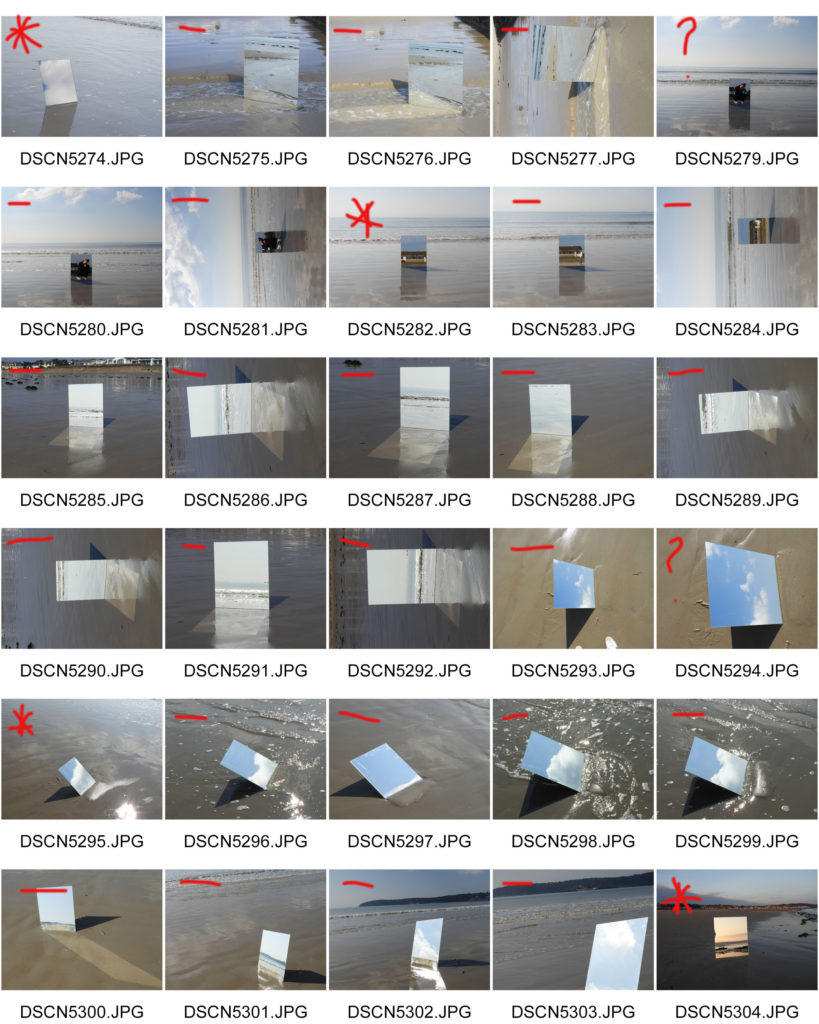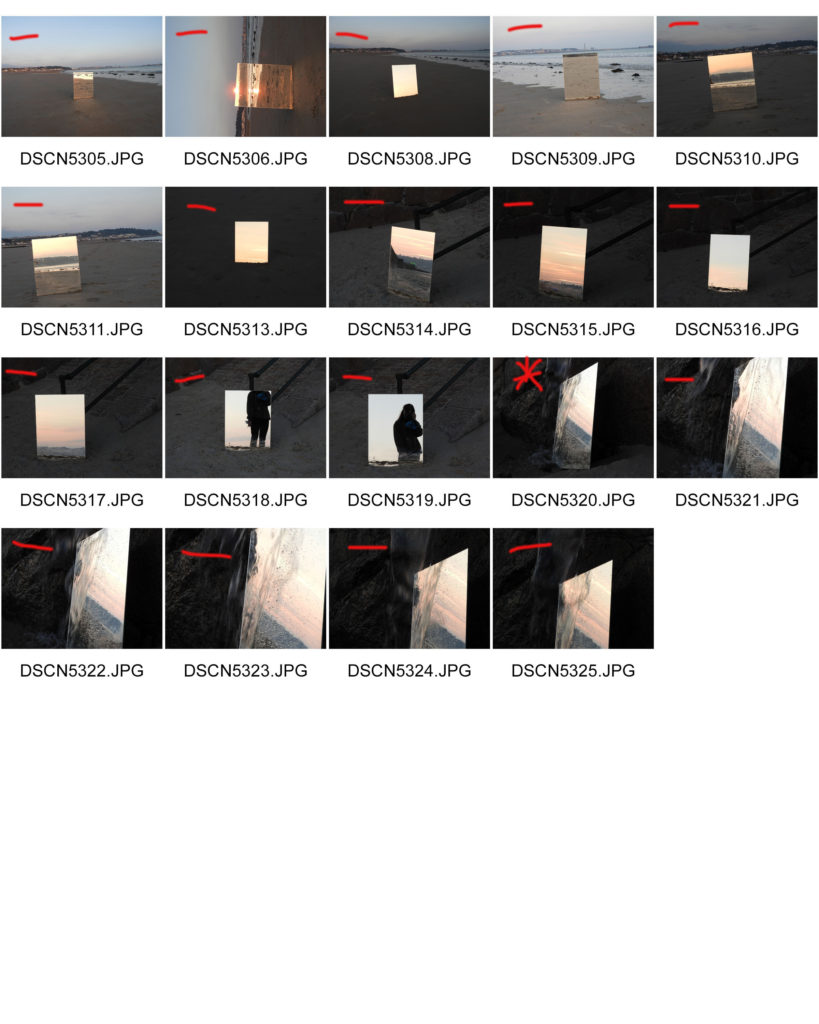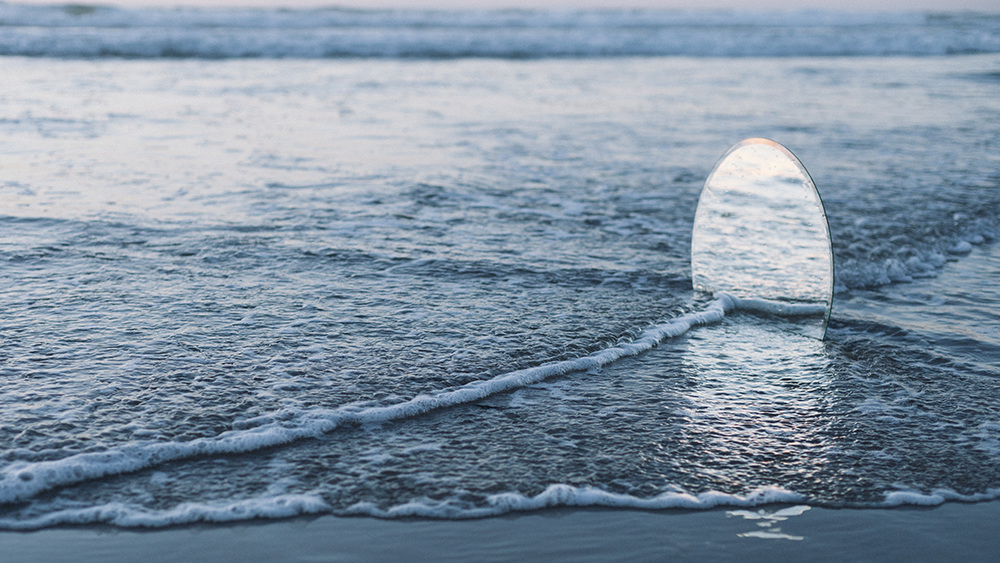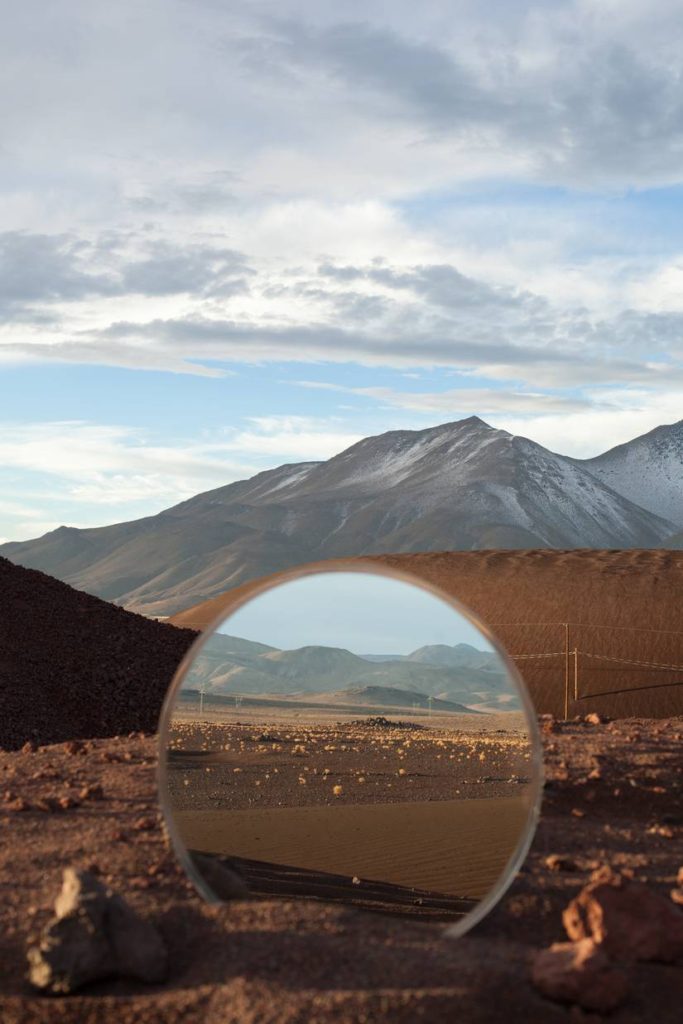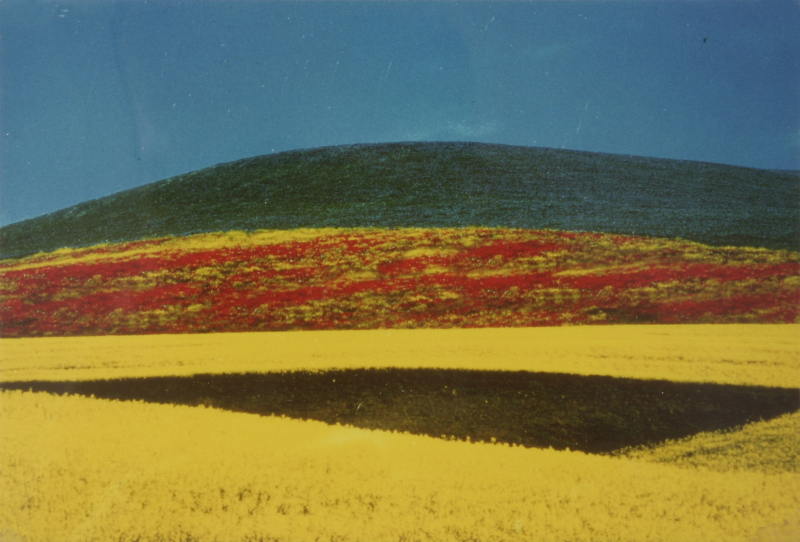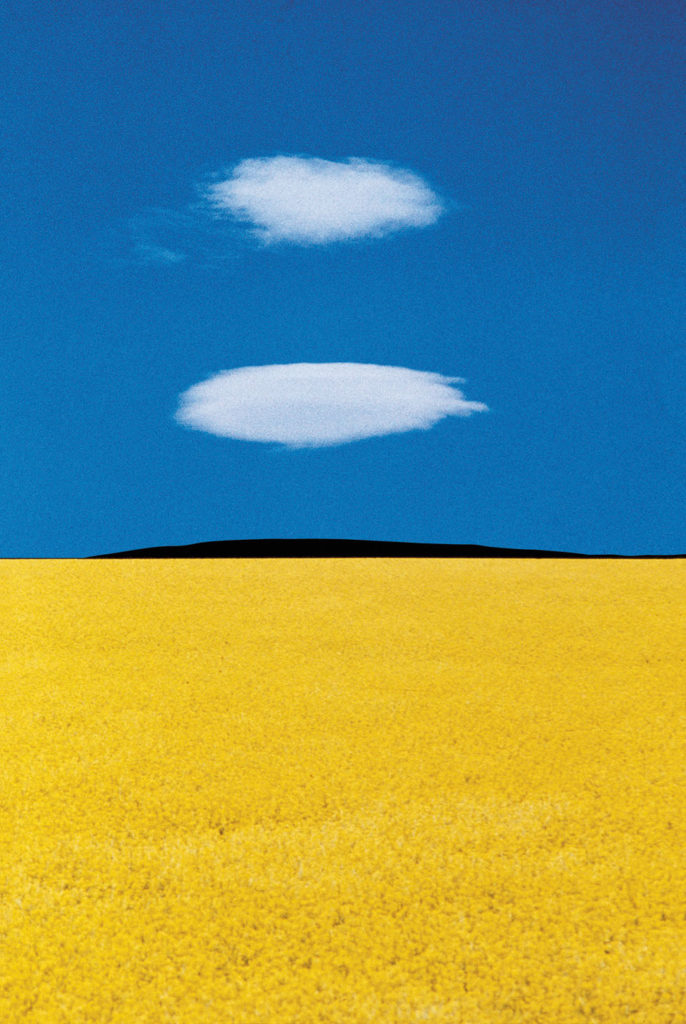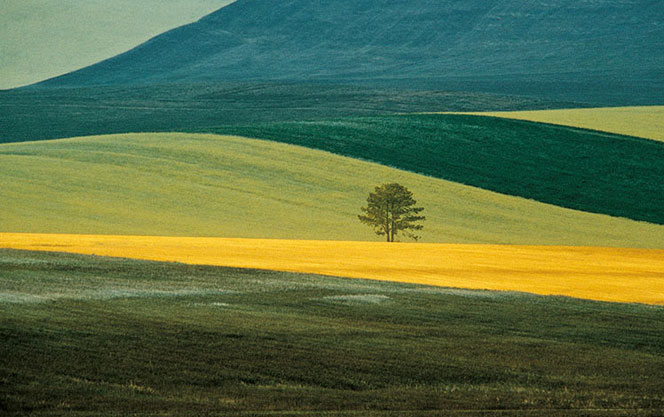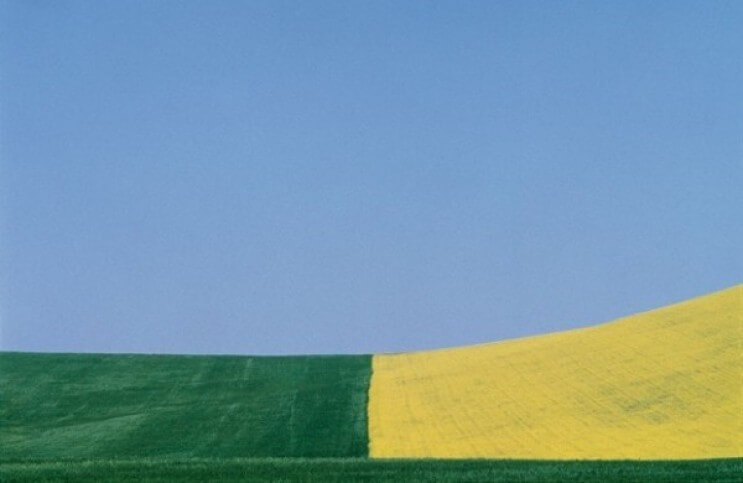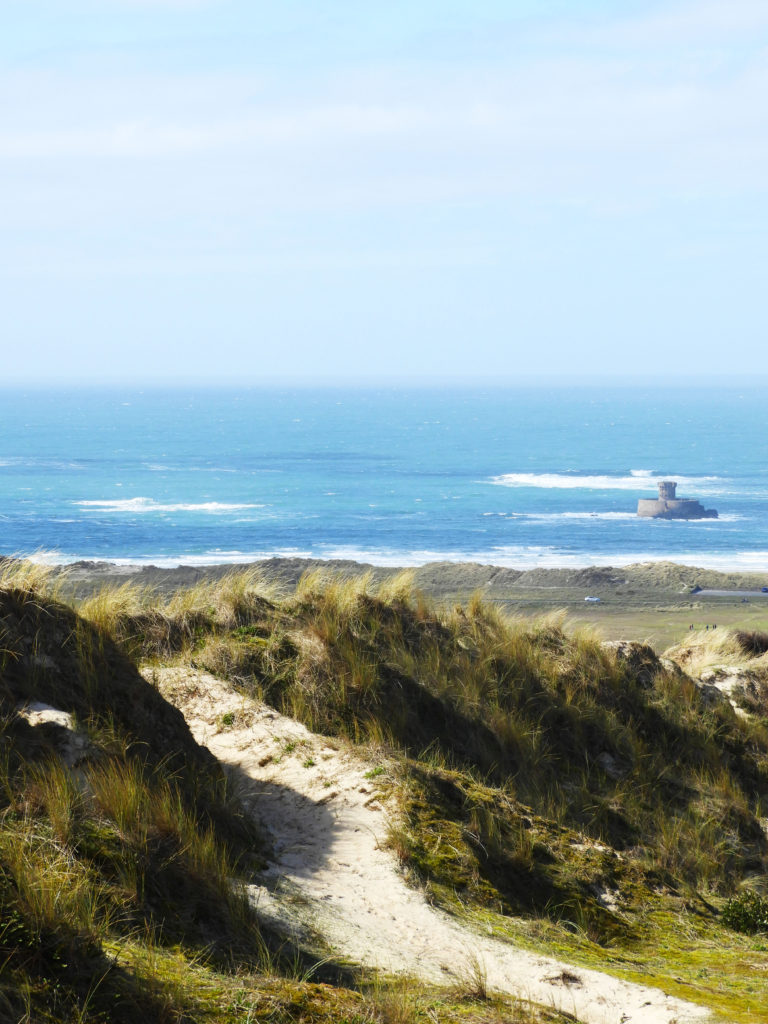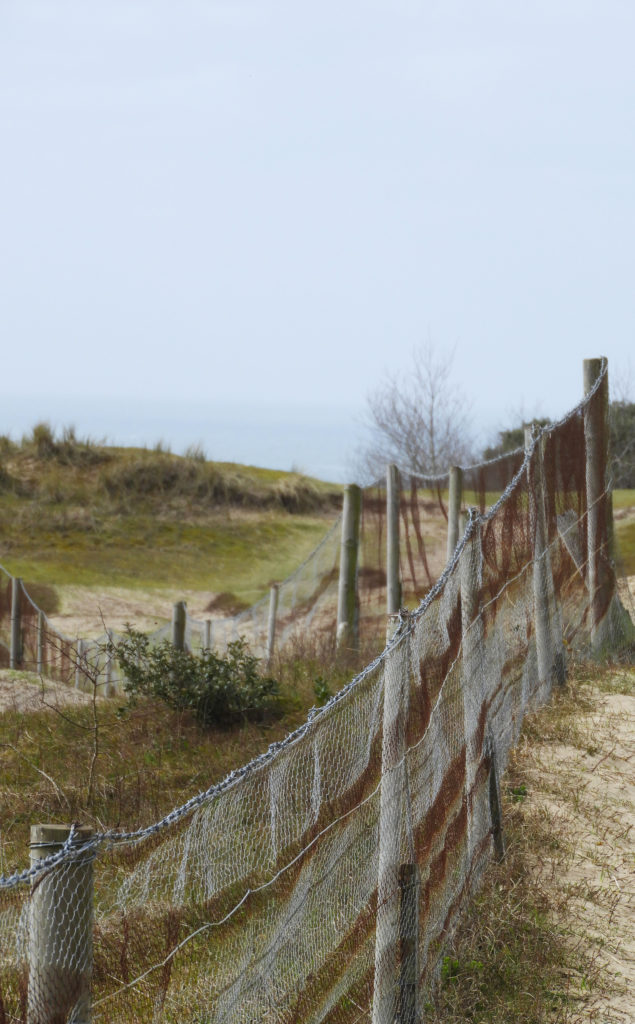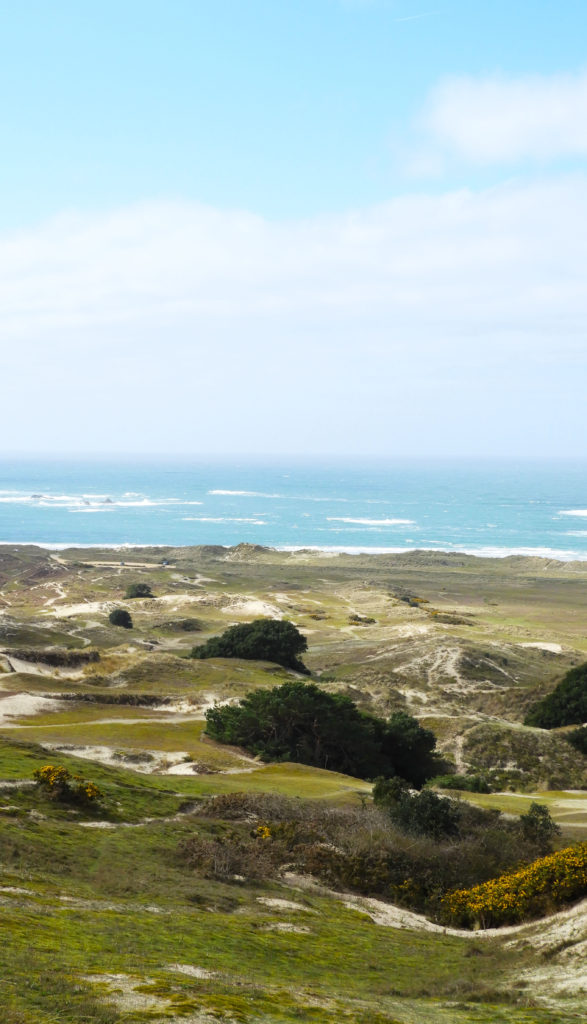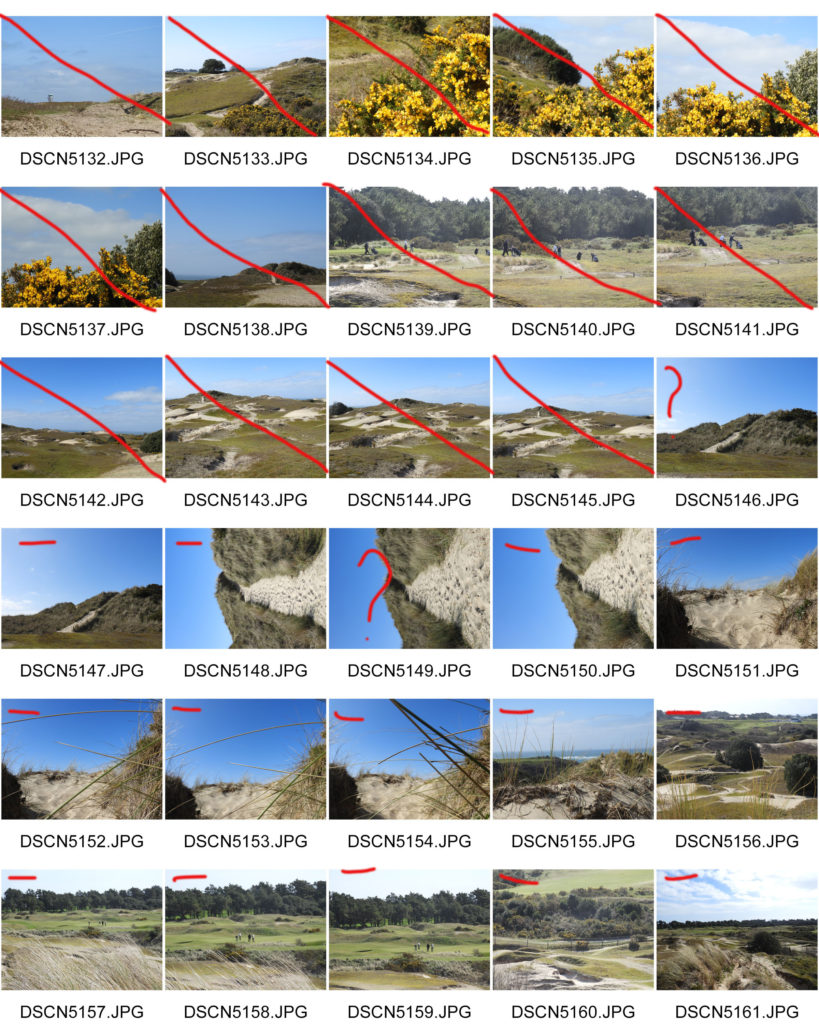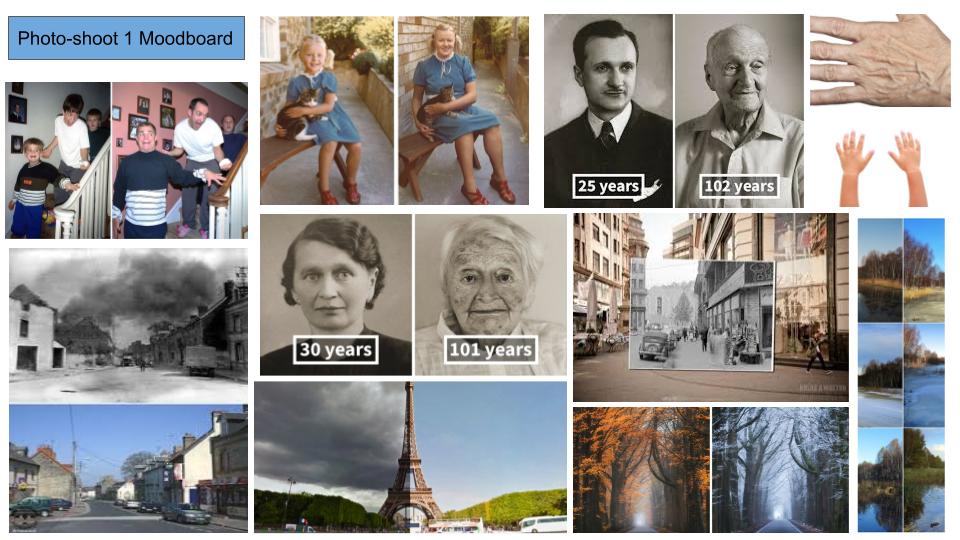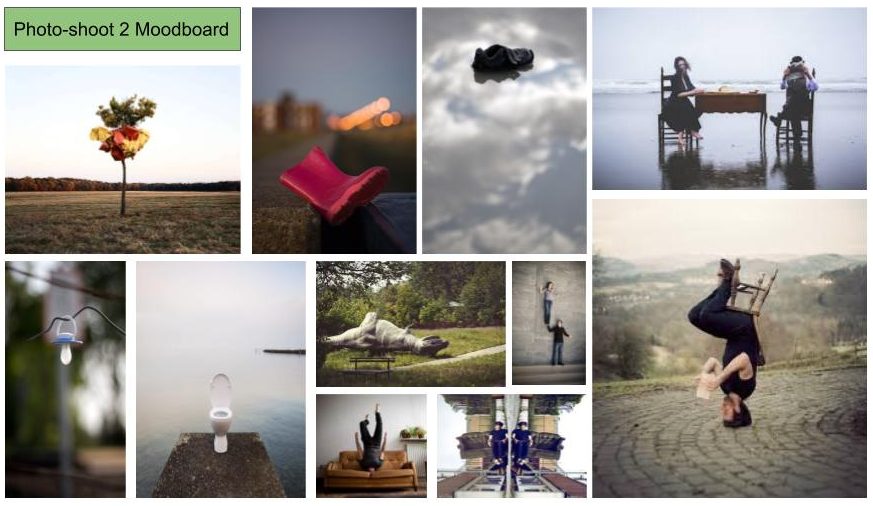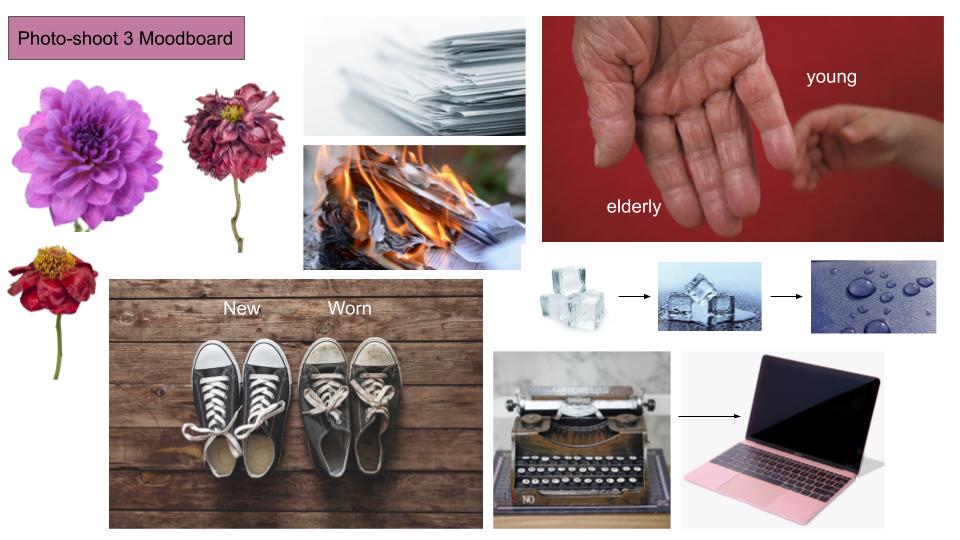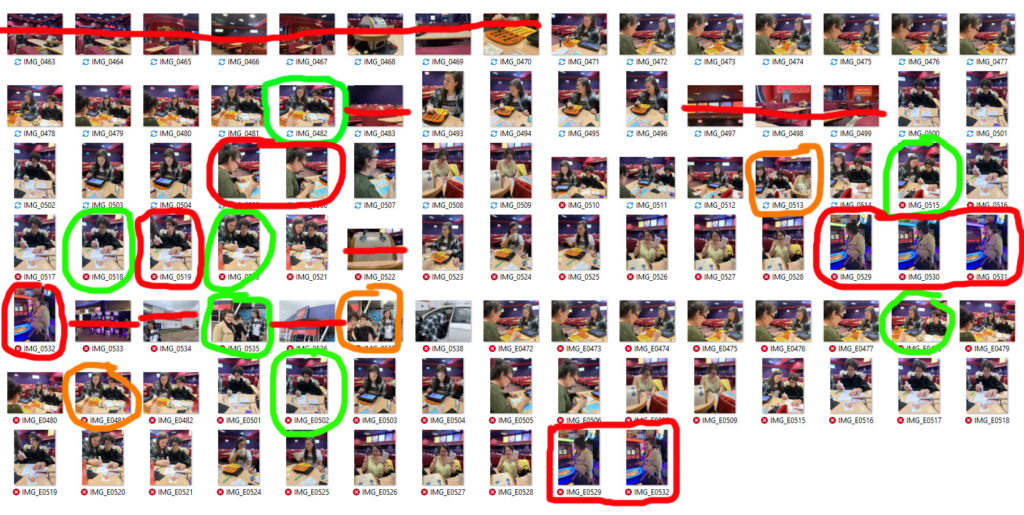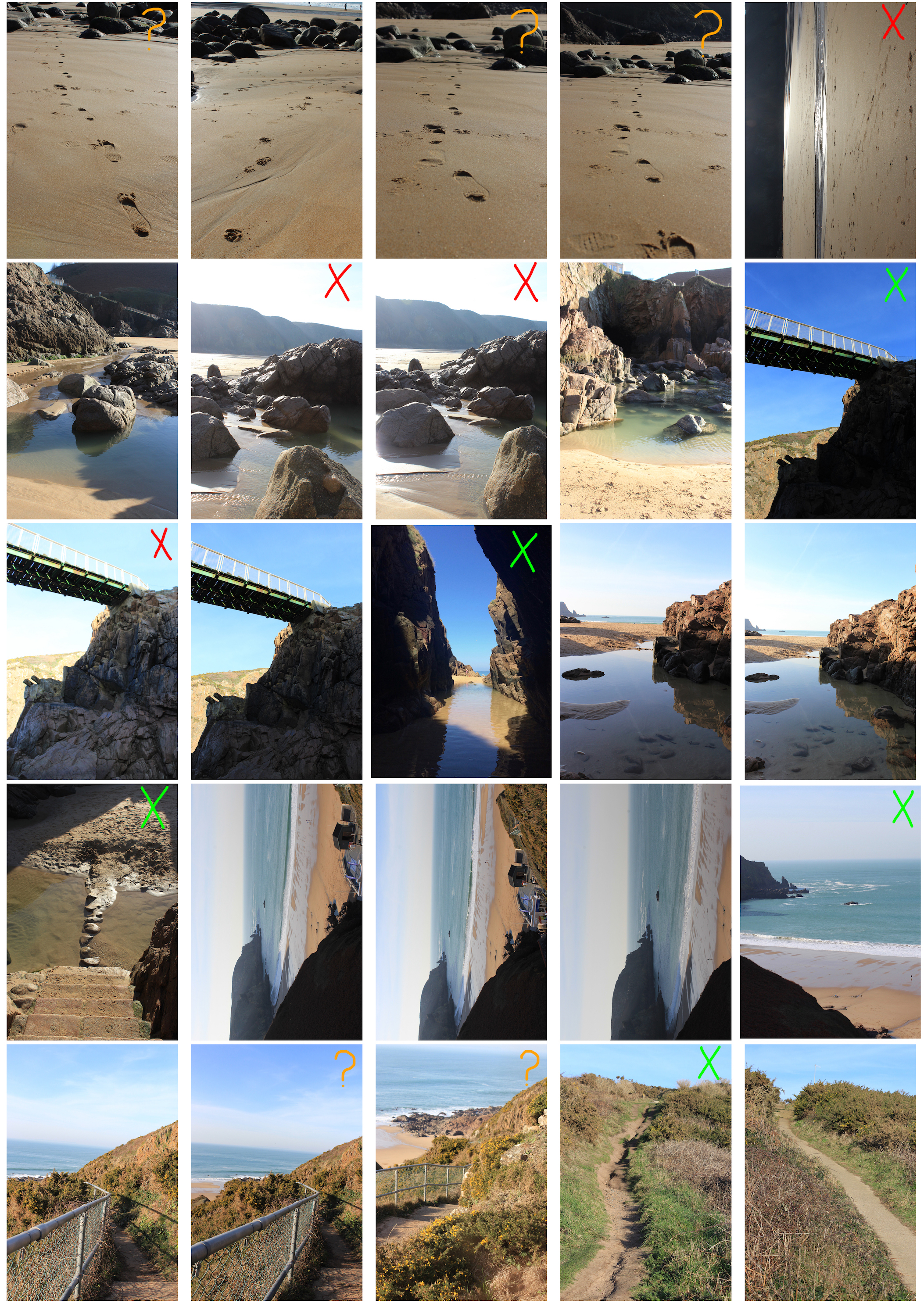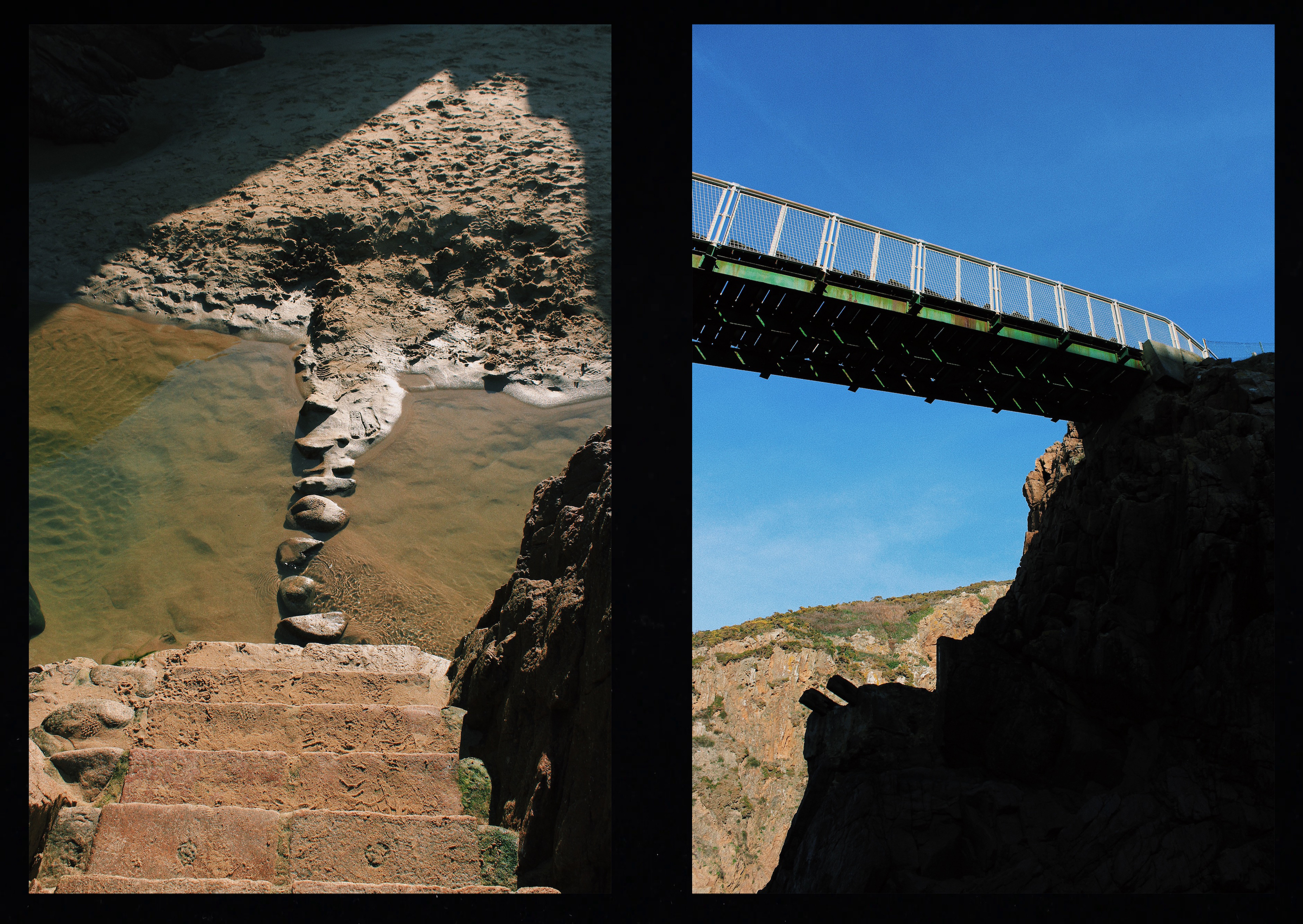PHOTO SHOOT PLANNING:
WHO:In this project I am mostly focusing on landscapes and scenery therefore my images do not contain models as I was attempting to capture the beauty of untouched nature.
WHERE:The images were taken at St.Aubin’s bay, a large and open beach which was perfect for capturing the surreal qualities of nature and the sea.
HOW: In order to capture the images I used a large rectangular mirror and dug it into the ground in order to capture the unseen aspects of the landscape, tying in with the whole theme of unknown journeys/a double journey. I used my regular DSLR camera to capture the images.
WHEN: The images were captured on a clear and sunny day which reflected the light of well in the water and provided the clear blue skies which I wanted to be reflected in the mirror. I went out around late morning/mid day to capture the images.
WHY: With this photo shoot, I was taking a different approach to the title “journeys and pathways”, selecting the theme of unknown journeys/a double journey to focus on. I used a mirror to capture the other side of the landscape, one which we cannot see from the perspective we stand at.
INSPIRATION:
My main inspiration for this photo shoot was Cody William Smith
American photographer and director of photography Cody William Smith mirrors the world upon itself in these contemplative landscapes. The series, entitled A Moment’s Reflection, features a large, round mirror placed unmistakably into the sand, the dirt, or the sea in various settings. Standing upright and partially buried, the mirror disrupts the normal landscape with a reflection of a different space located close by.
EXAMPLES OF HIS WORK:

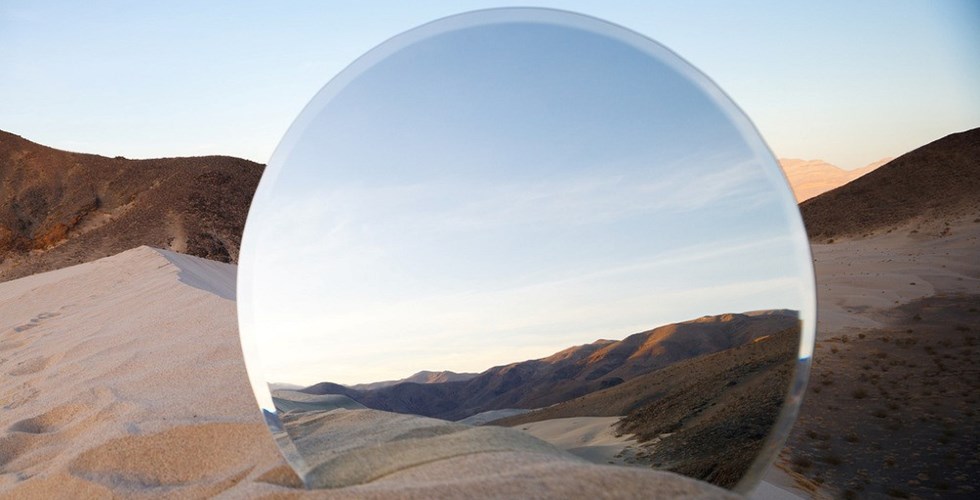
MOST SUCCESSFUL IMAGE:

CRITICAL ANALYSIS:
VISUAL:
The overall image is very simplistic, containing both organic and angular shapes. The waves providing rounded curves which stretch across the image which are disturbed by the rectangular, harsh shape of the mirror. Although juxtaposing each other with the natural aspects of the water and the man made mirror, they work together harmoniously to create a balanced image. One way in which this is done is through the continuity of the blue tones. They differentiate throughout the image, being more saturated within the mirror and subtly reflected on the surface of the water. There is also a sense of pattern in this image with the ripples and repeating lines on the surface of the water which cut through the image horizontally. The pattern is disturbed by the white foam on the water which in a way creates a pattern by itself. It also creates some texture in the image which is a nice contrast to the smooth and flat mirror. Within the center of the image, within the reflection of the mirror is a very clear color gradient of the blue, fading from a more saturated to a more subtle blue. There is a varying degree of light within the image, getting stronger the further up the image you go. The mirror also reflects a fairly strong shadow on the bottom half of the image. Although not following the golden rule within the image, placing the mirror in the center works well overall to create a balanced image.
TECHNICAL:
In terms of capturing the image, the most difficult thing was placing the mirror in the sand and taking the picture in time before the sea eventually knocked it down. Logistically it was one of the hardest photo shoots I have done due to the fact that it involved props which needed to be transported as opposed to just taking images of the landscape or people who are already there. Good weather conditions were also essential for this photo shoot as I did not want rainy weather which could interfere with the reflections in the mirror. In terms of camera settings, I set the ISO fairly low at 100 as it was a very bright day and wanted to avoid overexposure as much as possible. I set the white balance of my camera to 5500 k as this is ideal for using outside in direct sunlight, creating images which aren’t too cool or too warm. The aperture of my camera was set at f/4.8 this meant that the exposure of the image wasn’t too high and the focus was universal.
DETAILED CAMERA SETTINGS USED:
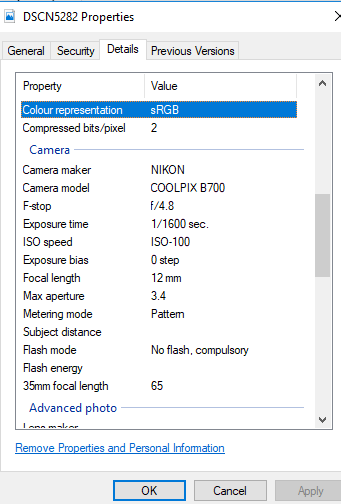
CONTEXTUAL:
In the 19th century the Industrial Revolution in Jersey took place on the shoreline – this was where the shipyards were and the beach between First Tower and West Park was the site of some of the island’s largest shipbuilders. Deslandes, Le Vesconte and Grandin between them built over 100 vessels here. The remains of the yards lie beneath Victoria Avenue. In 1860, when Jersey was the fourth largest ship building centre in the British Isles, George Deslandes priced a job at £14 per ton. This was £3 per ton cheaper than builders on the mainland. However, the industry began to go into decline in the late 1860s and 1870s as Jersey was unable to build the more modern iron ships. The new railway built between St Helier and St Aubin did not help as it cut through the yards. However on a bizarre note, the train service was halted for two days in January 1875 when a ship became stuck on the tracks as it was being launched from the Deslandes yard.
source:
https://www.jerseyheritage.org/heritage-landscape/first-tower
CONCEPTUAL:
One of the themes which I wanted to explore in my own work was the journey of urbanization and also unknown journeys. When conceptualizing the mirror idea and getting inspired by the photographer Cody William Smith, I realized that an interesting aspect of the images, they show reality which we cannot see from one perspective, only being revealed when you place a mirror can you see this reality. This further contributes to the surreal aspects of landscape romanticism, as not only are you showing one perspective, but multiple, in a way creative a hyper reality in the image. I also like the fact that a lot of the images appear photo-shopped when reality it is all done with a mirror and camera and very simply edited in the selection process. Increasing small things such as saturation or fixing the exposure of the images. Another large theme which I am keen to explore with this method is landscape urbanization. In image 1 and 4, you can again see two perspectives, one of the untouched sea and shoreline and the other the urbanization and industrialization of Jersey. Humans have altered and changed the natural landscape we have all around us with homes, businesses and industries.

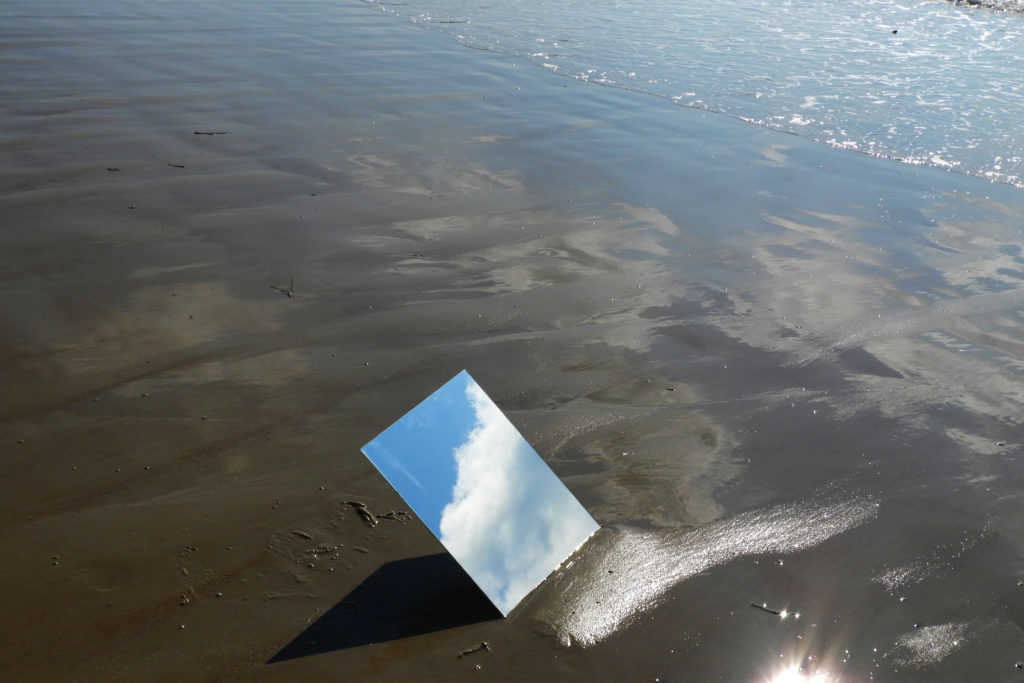


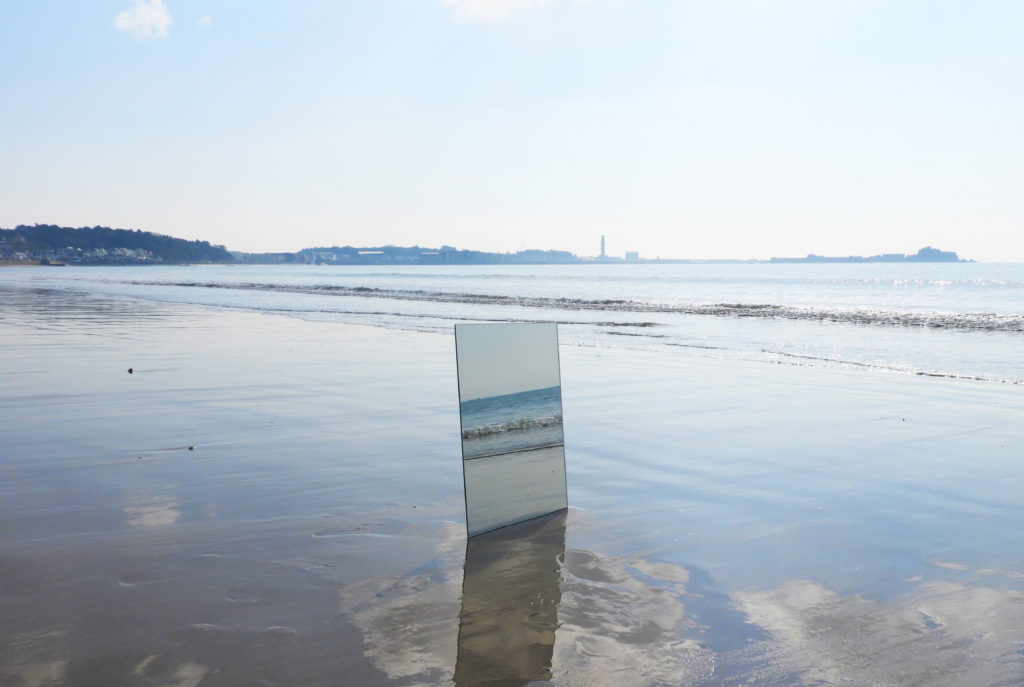
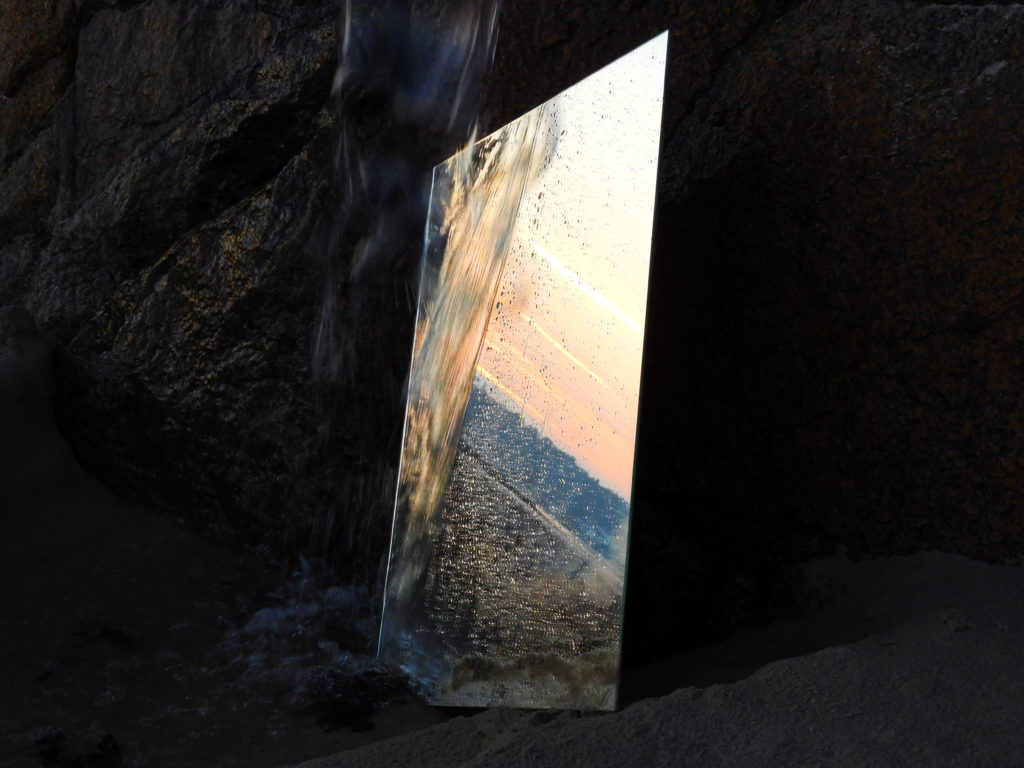
CONTACT SHEETS:
